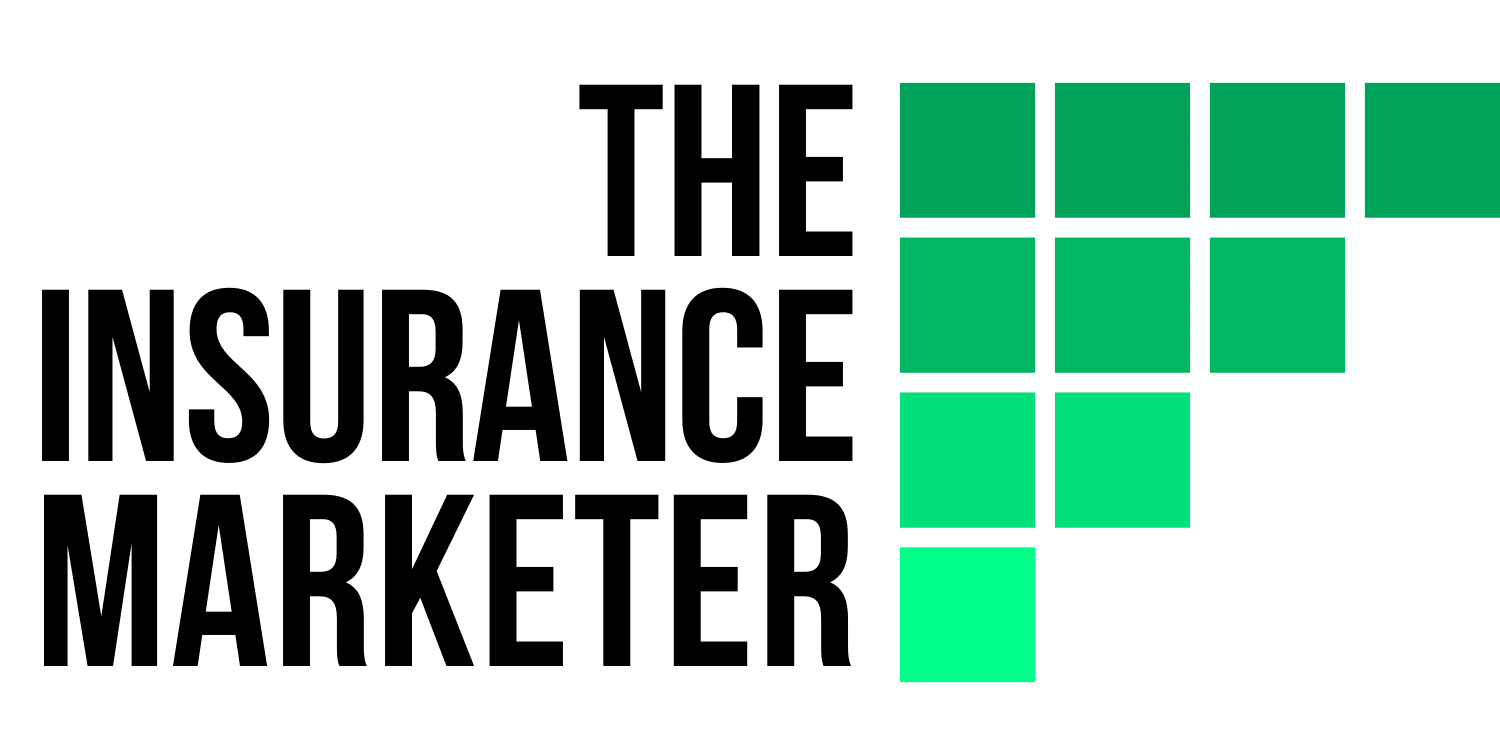With millions of American pet owners getting increasingly conscious of the importance of insuring their furry friends, pet insurance has emerged as one of the most lucrative niches for bloggers in recent years. But as with any lucrative niche, there’s stiff competition, so you need to carefully choose your topics to beat your competitors as well as other bloggers.
Like any other insurance blog topics, some of the best topics you’ll want to cover will serve to fulfill the search intent of your prospects. Examples may include choosing insurance plans and providers, what’s covered and not covered in pet insurance, factors affecting pet insurance premiums, and when to get pet insurance, among other subject areas.
In this post, we’ve packed up 20 common questions pet owners may ask when it comes to buying pet insurance. And we will provide a brief answer to each question. This will be a good start to make it easier for you to come up with great content. Here we go!
1. What does pet insurance cover?
Accidents, illnesses, hereditary conditions, testing, and diagnostics are often covered, but the coverage scope may vary with provider and type of plan. Pet insurance plans are generally available in three varieties:
- Accident and illness plans generally cover injury or sickness such as broken bones, cancer, hereditary conditions and congenital conditions, and more.
- Accident-only plans, as its name suggests, only accident-related expenses.
- Wellness plans which cover routine care such as vaccinations are usually available as an add-on. This will offset the cost of the annual vet wellness visit, vaccinations, heartworm treatment, and other routine care costs that help keep your pet healthy.
2. What does pet insurance not cover?
Pet insurance may not cover pre-existing conditions, meaning conditions your pet had before the policy went into effect, including any waiting period. Ask whether there’s a look-back period so that conditions before the look-back period can be covered.
Some typical pet insurance exclusions include:
- Pre-existing conditions. When a pet is diagnosed with or indicates signs of an illness or injury before coverage begins, pet insurance generally won’t cover it.
- Preventive or elective procedures. Plans won’t cover preventive or elective procedures such as nail trimming, ear cropping, declawing or tail docking.
- Exam fees. Some insurance companies exclude exam fees from coverage, even if the fee is for an accident or illness-related visit. An exam fee is what veterinarians charge to see your pet.
- Grooming. When you take your pet to the spa for a bit of pampering, pet insurance won’t cover grooming or shampooing.
- Breeding costs. Costs associated with breeding aren’t covered.
- Expenses not related to veterinarian care. This includes expenses such as taxes or administrative fees charged by the vet.
- Food and vitamins. Regular food isn’t covered, but some plans cover prescription pet food.
(Source: Forbes Advisor)
3. What are the main types of pet insurance?
Pet insurance can generally be broken down into these plan types:
- Comprehensive coverage. These policies provide coverage for accidents and injuries, including serious or chronic illness, hereditary conditions, diagnostic tests, surgeries, treatments, and wellness, such as routine veterinary checkups and vaccinations.
- Accident and illness coverage. This type of policy typically covers vet bills for accidents and illnesses, including common illnesses, hereditary conditions and serious illnesses (like cancer). Yet, you won’t be covered for wellness exams such as routine veterinary visits, flea and heartworm prevention, or vaccinations.
- Accident-only coverage. This type of policy covers vet bills only if your pet is injured in an accident. Thus, illness-related medical bills are not covered.
- Pet wellness coverage. This type of plan are often added to an accident and illness plan. It covers wellness-related medical expenses, like routine veterinary checkups, flea and heartworm prevention, and vaccinations.
4. What factors will affect the premium of pet insurance?
The type of pet is just one factor in the cost of pet insurance. In general, pet insurance costs more for dogs than cats. Here are some common factors that determine pet insurance costs:
- Pet’s breed. Certain breeds are predisposed to illnesses and hereditary problems, which often means more veterinary visits and higher medical expenses.
- Pet’s age. Older pets are more expensive to insure than younger pets. We found the best prices were after a pet’s first birthday until around age six. As the pet gets older, your pet insurance premiums could increase when you renew the policy.
- Pet’s gender. Insurers have found that male pets usually have a higher number of claims than females, so some use gender in pricing. Female pets cost about 5% less than males for pet insurance, according to the National Association of Insurance Commissioners.
- Your location. Veterinary costs vary by location, so pet insurance plan costs account for that.
- Annual maximum, deductible and reimbursement level. These are the three main variables that determine your reimbursement level when you have a claim. You will pay more if you select a high annual maximum, low deductible and high reimbursement level. For example, a plan with unlimited annual coverage, a low deductible and a 90% reimbursement level would be most expensive each month because it has the potential to pay out much more.
(Source: Forbes Advisors)
5. How much does pet insurance cost on average in 2022?
Monthly premiums can vary depending on what kind of coverage are you buying. In 2022, the average cost of pet insurance is between $30 and $50 per month. (Source: valuepenguin.com)
6. How much is pet insurance for dogs in 2022?
The average monthly cost of pet insurance among the largest carriers for dogs is $45. (Source: valuepenguin.com)
7. How much is pet insurance for cats in 2022?
The average monthly cost of pet insurance among the largest carriers for cats is $45. (Source: valuepenguin.com)
8. Does the premium of pet insurance vary between different dog breeds?
Different dogs inherit different health risks due to their size, energy level and temperament. Therefore, it makes sense to find the costs of monthly plans to vary among different dog breeds.
Monthly pet insurance costs by dog breed
| Popularity rank | Breed | Monthly premium |
| 1 | Labrador Retriever | $41.26 |
| 2 | German Shepherd | $34.22 |
| 3 | Golden Retriever | $41.26 |
| 4 | Bulldog | $50.36 |
| 5 | Beagle | $34.22 |
(Source: valuepenguin.com)
9. Does the premium of pet insurance vary between different cat breeds?
As with dogs, the cost to insure a cat also varies by breed. Yet the premium for the five most common cat breeds does not vary as much as with dogs. Mixed breeds, such as the Domestic Shorthair or Domestic Longhair, tend to have even cheaper pet insurance rates.
| Popularity rank | Breed | Monthly premium |
| 1 | Exotic | $24.63 |
| 2 | Ragdoll | $16.57 |
| 3 | British Shorthair | $24.63 |
| 4 | Persian | $24.63 |
| 5 | Maine Coon | $24.63 |
(Source: valuepenguin.com)
10. Can I get any discount on pet insurance?
Here are some common discounts:
- Multi-pet discount. Many insurers offer a discount if you insure more than one pet.
- Annual pay discount. Like most insurance coverage, you can often reduce costs if you pay your annual premium in one lump sum.
- Bundle discount. In some cases, you can get up to a 10% discount when you bundle your pet insurance with your renters or homeowners insurance policy with the same carrier.
11. How to choose the right pet insurance?
To choose the right pet insurance, it’s essential to compare the different coverage options based on cost, value, what’s covered, factors that may affect coverage, discounts, and reimbursement type. The insurer’s track record, among other intricacies, may also be worth looking at before your purchase.
12. How to find the pet insurance coverage that’s suitable for me and my pet?
When you purchase a pet insurance policy, you’ll usually select an annual maximum, a deductible and a reimbursement level.
- Annual maximum coverage: You’ll usually have a choice of an annual maximum payout level. This is the cap on how much the pet insurance plan will pay for the year. Many pet insurance plans offer choices between $5,000 and an unlimited payout. Choosing an unlimited payout will raise the premium price but you won’t have to worry about exceeding your annual maximum if your pet needs very expensive treatment.
- Deductible: Choosing a higher deductible will lower your monthly pet insurance bill. Typical deductible choices are $100, $250 and $500. Once your deductible is met, you can submit vet bills to your pet insurance company for reimbursement. Trupanion offers a unique lifetime per-condition deductible: You’ll pay a deductible once for every new condition, without a reset every year.
- Reimbursement percentage: You’ll choose a reimbursement level when you buy the plan, and the lower the reimbursement level, the less you’ll pay in pet insurance premiums. The most common reimbursement choices are 70%, 80% or 90%.
13. What are the most common pet insurance claims?
The top 5 most common pet insurance claims for dogs are:
- Ear infection
- Allergies
- Skin infection
- Upset stomach
- Diarrhea
The top 5 most common pet insurance claims for cats are:
- Urinary tract condition (UTI)
- Upset stomach
- Kidney failure
- Diarrhea
- Allergies
14. What is the best age to get pet insurance?
Six to eight weeks is the best age to get pet insurance. Coverage is usually available for puppies and kittens in this age bracket, and insuring your pet at such a young age helps avoid claim rejections due to pre-existing conditions.
15. Is pet insurance worth it?
According to PetFirst, the most common dog treatments cost $253 on average, while the most common cat treatments cost $267. Yet vet bills for injuries and illnesses in real life can start anywhere from $3000 or more. Getting pet insurance can be a good way to ensure pet owners have access to vet services without breaking the bank.
| More: Insurance Facts and Stats |
16. Does every vet take pet insurance?
Most veterinarians will accept all pet insurance plans. But since pet insurance works like car insurance, you’ll have to pay your vet for services rendered as usual. Then, you’ll need to submit a claim to your provider so they can reimburse you for all the costs covered under your plan.
17. Will my pet insurance go up if I make a claim?
Likely, yes. That’s because your provider will view you as more likely to make other claims in the future, increasing your monthly premiums as a result. This applies to all claims, including ones for losing your pet.
18. Do dogs/cats need annual medical exams?
Yes, dogs/cats need annual medical exams even if they seem healthy. Annual wellness checks may help prevent potentially serious illnesses. Also, some vaccines need “boosters” after every one or two years to maintain effectiveness, and annual medical exams provide an opportunity to administer such “boosters”.
19. What are the exclusions in pet insurance?
Common exclusions include grooming, breeding costs, certain pre-existing conditions and expenses not related to veterinary care (such as taxes or your vet’s administrative fees), which are not covered by most insurance plans.
20. What is a “waiting period”?
All pet insurance plans have waiting periods. For example, your policy might have a 14-day waiting period before it covers accident-related veterinarian costs. Your coverage won’t be effective until the waiting period is over.
Final Thoughts
Hopefully, you’ll be able to use this round-up of 20 blog topic ideas as inspiration for creating great content for your blog. Remember that while great content is crucial to driving traffic to any blog, it isn’t the only requirement. It needs to be supplemented with adequate content marketing strategies to rank high on Google SERPs and convert your readers into buying customers.
Dog photo created by freepik – www.freepik.com
Sources
- Aspcapetinsurance.com:What Does Pet Insurance Cover?
- Policygenius.com: What does pet insurance not cover?
- Petinsurance.com:8 Tips for Choosing Pet Health Insurance | Pet Health Insurance & Tips
- Rauanimalhospital.com: Everything You Ever Wanted to Know about Pet Insurance
- Canstar.com: Top 10 Most Common Pet Insurance Claims
- Nbcnews.com: How to shop for pet insurance to get the best price and coverage
- Pawlicy.com: Is Pet Insurance Worth It? Here’s A Veterinarian’s Perspective
- Petcure Oncology: Can Pet Insurance Help Fight Pet Cancer?
- Pet Insurance Options for Pre-Existing Conditions
- Comparethemarket.com When should I claim on pet insurance?
- Addl.purdue.edu: Indiana Animal Disease Diagnostic Laboratory
- Vet.cornell.edu: Cancer Management – Frequently Asked Questions
- Pets.webmd.com: Aging Cats: Changes, Health Problems, Food, and More
- Hillspet.com: 8 Common Health Problems in Senior Dogs | Hill’s Pet
- Medvetforpets.com: Lymphoma in Dogs and Cats
- Aaha.org: Is my dog at risk for cancer?
- Bluecross.org: Coping with cat cancer | Symptoms and advice
- Oncolink.org: 10 Steps To Take When Your Pet Has Cancer | OncoLink
- Gallant.com: How Often Does My Cat REALLY Need to See the Vet?
- Willows.Uk.net: Can I give human painkillers to my pet? – Willows Vets – Veterinary Specialists – Birmingham – 24 hour Emergency – Radioactive Iodine Service
- CDC.gov: COVID-19 and Animals.
- Abc.net.au: Should you cuddle a crying dog? Signs your pet is anxious and how to treat it
- Rover.com: Can My Dog Eat Rib Bones? | The Dog People by Rover.com




